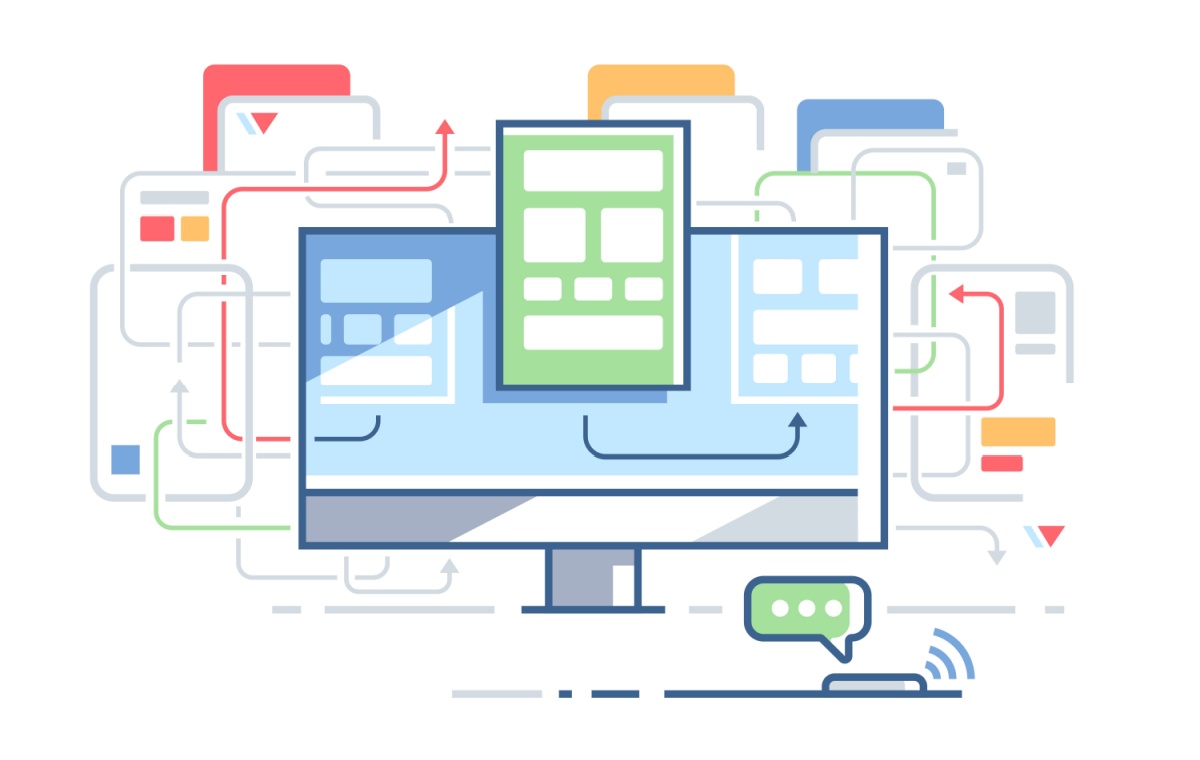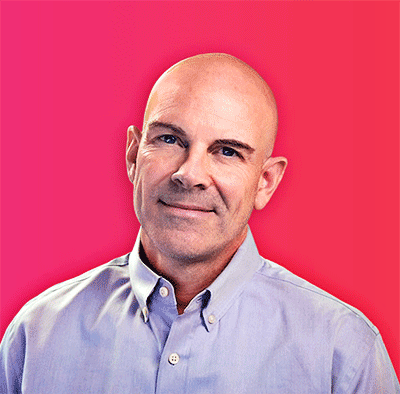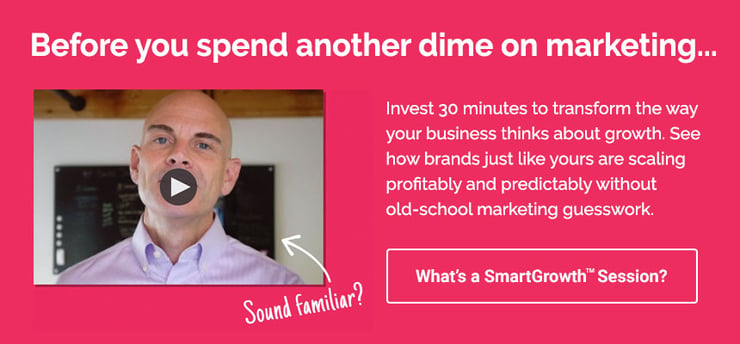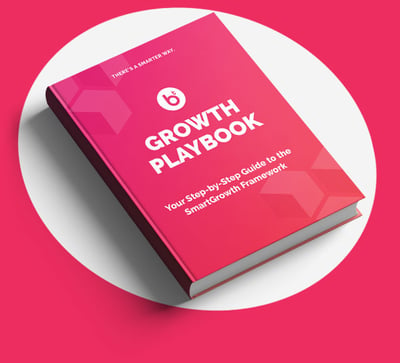When it comes to establishing your digital presence, the two questions at the forefront of every business leader's mind are, "How long will it take to build our website?" And, “How much is it going to cost?”
Understandably, the fear that website projects will exceed both timelines and budgets haunts many–especially growth-stage businesses who can’t afford to waste time or money along the way. The reality, though, is not as daunting as it appears. With a methodical approach to planning and execution and a step-by-step schedule that prioritizes messaging and considers every stage of the customer journey, the process of building a website can be streamlined significantly. Below we’ll show you how, with the right strategy and team, your project can stay on track and within budget, ensuring your digital launch is efficient and effective.
So, How Long Does It Take To Build A Website?
Step 1: Laying the Foundation for a B2B Website
While it’s tempting to jump straight into the colors, fonts, graphics and overall look of a website, starting there is a bit like picking out doors, windows, and paint colors before you pour the foundation for your house. What’s the foundation of a high-performing website? Thoughtful, intentional messaging. Without messaging, your website might look good, but it won’t move the needle when it comes to attracting and converting customers.
Instead, begin by understanding your brand's Unique Value Proposition (UVP). A clear, compelling UVP distinguishes your brand in a crowded marketplace and directly speaks to the needs and desires of your target audience. It articulates why someone should choose your product or service over the competition. Without this core messaging nailed down, you may end up with a visually appealing site, but it will lack the substance needed to convert visitors into customers. By prioritizing your UVP, you ensure that every aspect of your website, from content to design, aligns with what makes your brand unique and valuable to your customers.
Next, consider the buyer journey. Identifying your audience’s problems, pain points, and potential objections early in the website-building process informs not just the content of your website, but also its structure and user experience. This approach ensures that your website isn't just a digital brochure, but a powerful conversion tool that meets customers at various points in their buying journey and guides them forward. By understanding and addressing your audience's needs and objections, you can craft a website that not only attracts attention but also persuades visitors to take action. This level of strategic planning and execution positions your B2B website to drive conversions by making it relevant, engaging, and tailored to your target market.
Furthermore, competitive positioning is crucial in crowded markets where buyers are bombarded with options. Your website should clearly articulate not only what you offer but how it stands out from alternatives. This requires a deep understanding of both your competitive landscape and your target audience's preferences and behaviors. A website designed with competitive positioning in mind doesn't just tell a potential customer what you do; it convinces them why you're their best option. In essence, laying a solid foundation of brand messaging, UVP, and competitive positioning before jumping into the design or redesign of a website sets you up for success, ensuring your digital presence is not just seen but also resonates deeply with your intended audience, leading to higher conversion rates and stronger customer loyalty.
The Importance of Efficiency in B2B Website Building
So how do you translate all that key messaging into a website design? And how does it ultimately lead to a more efficient process?
Once you get clear on who your target audience is, what problem they are trying to solve, and how and why your solution is the best fit for them—all of that finds its way onto the key pages of your new website. You design your site to map to the buyer's journey. You build pages that leverage what you know about your audience and speak directly to them. Then you warm them up with your unique value proposition, stand out from the market by demonstrating your competitive advantage, quell doubts, and address questions through social proof, and move them along the path to conversion with a compelling offer page. By crafting a website that speaks directly to your audience, addressing their pain points with precision and care, you generate more than just traffic. You generate demand, leads, and ultimately, sell meetings. Get these core pages right, and your website is primed to act as a powerful customer acquisition tool.
Without the right messaging foundation, your website copywriting and brand positioning get tailored to the layout, not the other way around. Doing the right things in the right order is crucial to keeping the site and all the stakeholders focused on what’s most important. And, adhering to a well-defined timeline keeps the project on track, ensuring that deadlines are met without sacrificing quality. It's about saving the bells and whistles for later, focusing first on laying a solid foundation that secures results.
Beyond Website Launching
Your new site is live. Now what?
For B2B business owners, the launch of your website is not the finish line—it's merely the starting point of an ongoing process. The digital landscape is perpetually changing, from algorithm updates to trends evolving and customer behaviors shifting. So your website must dynamically evolve too. Continual offer testing is essential to discern what truly resonates with your target audience, allowing you to optimize conversion rates effectively. Likewise, consistent content creation and distribution is not just about keeping your site fresh; it's a strategic move to establish your brand as a thought leader, enhancing your SEO rankings, and driving organic traffic. Building links is equally important, serving as a vote of confidence in the eyes of search engines and bolstering your site's visibility and credibility. Lastly, adjusting your messaging is imperative to ensure it aligns with your audience's changing needs and preferences, thus maintaining or even improving your conversion rates. These elements are not optional; they are the lifeblood of a successful website strategy that keeps your brand in front of your audience and at the forefront of your industry.
Importantly, as your business evolves with new products or services, your website's needs, objectives, and target audience may also change. This evolution necessitates a flexible and responsive approach to your online presence. By committing to continuous improvement and adaptation through testing, content, links, and messaging refinement, you not only stay ahead of the competition but also forge stronger connections with your customers. This proactive approach ensures your website remains an effective conversion tool, capable of generating demand, leads, and sales meetings. Remember, your website is a living entity in the digital ecosystem—treat it as such by nurturing its growth and evolution post-launch.
How Long Should It Take to Build a Website?
So, how long does it take to build a website?
While many website developers and designers would have you believe that it is a moving target - depending on the size and complexity of your brand (yada, yada, yada) at Brand Theory, our answer is always “12 weeks or less.” After all, you've got a brand story that's itching to be told and customers waiting to be wowed. Your website is your digital handshake, your round-the-clock salesperson, and your brand's home all rolled into one. And hey, in this fast-paced digital whirlwind, staying ahead is not just an option; it's a necessity.
We do this by focusing on messaging first and starting with the essentials. That’s the foundation. That we can get up and off the ground quickly. Once that’s done, we can talk about bells and whistles, videos and landing pages, blogs and pop-ups, and all the (important) fluff that isn’t core to the message or the function of the tool itself. Curious? Book a no-obligation introduction to Brand Theory today.





.png)
.png)
.png)
